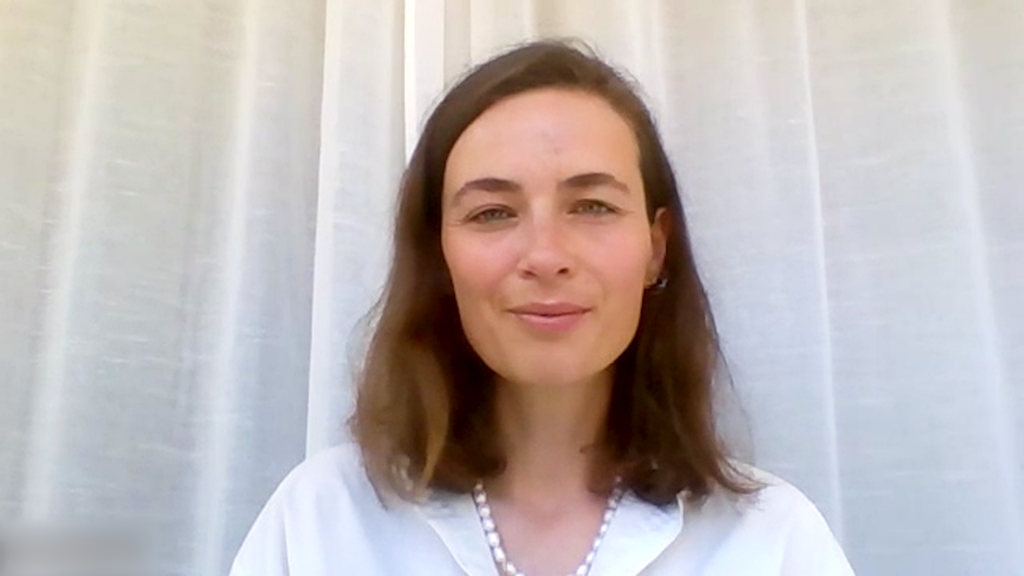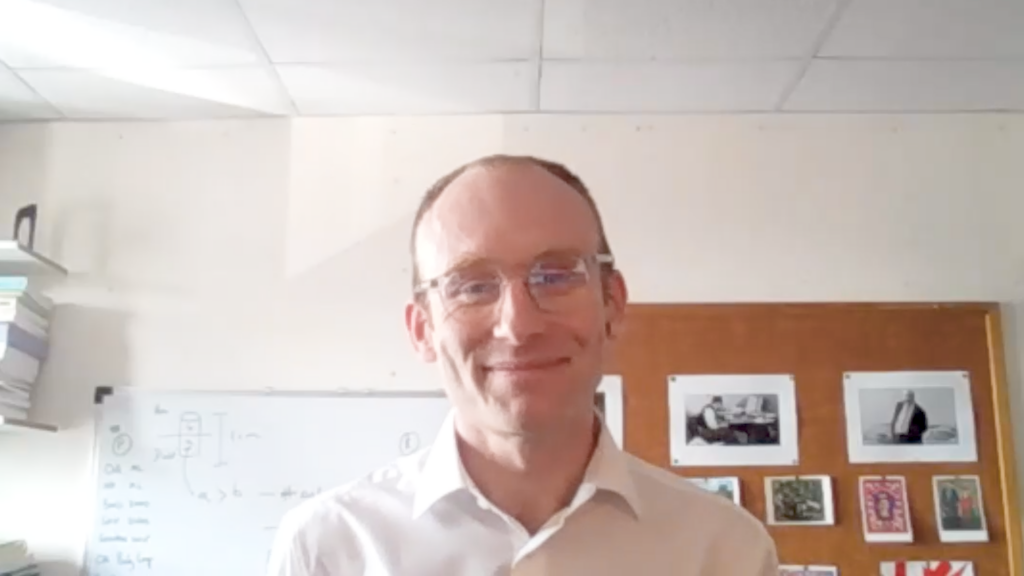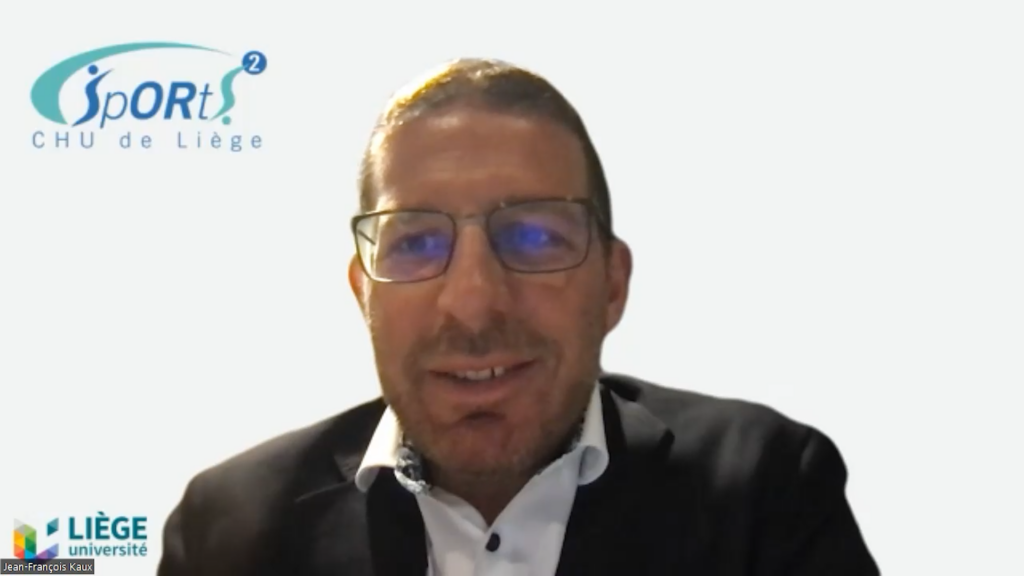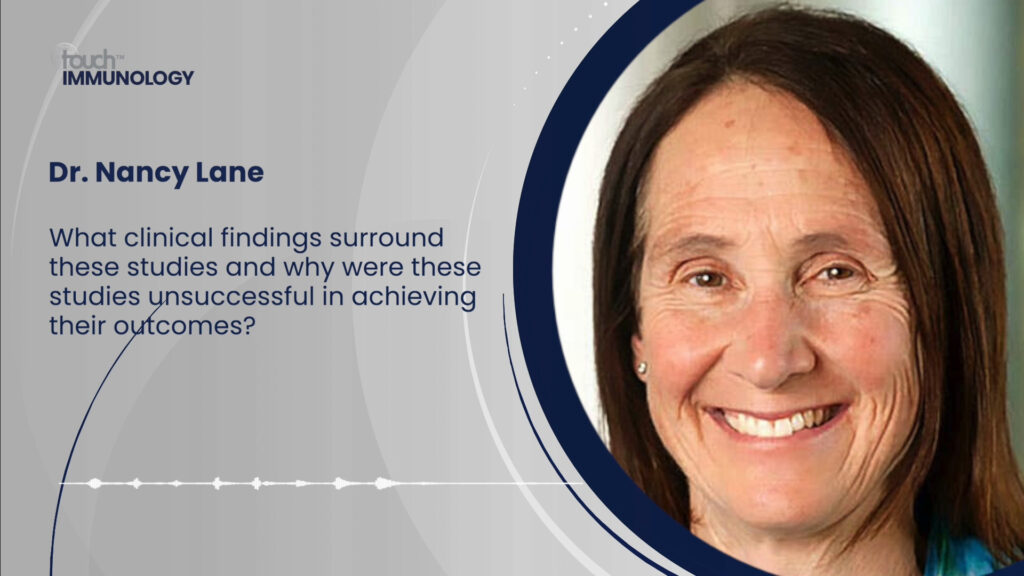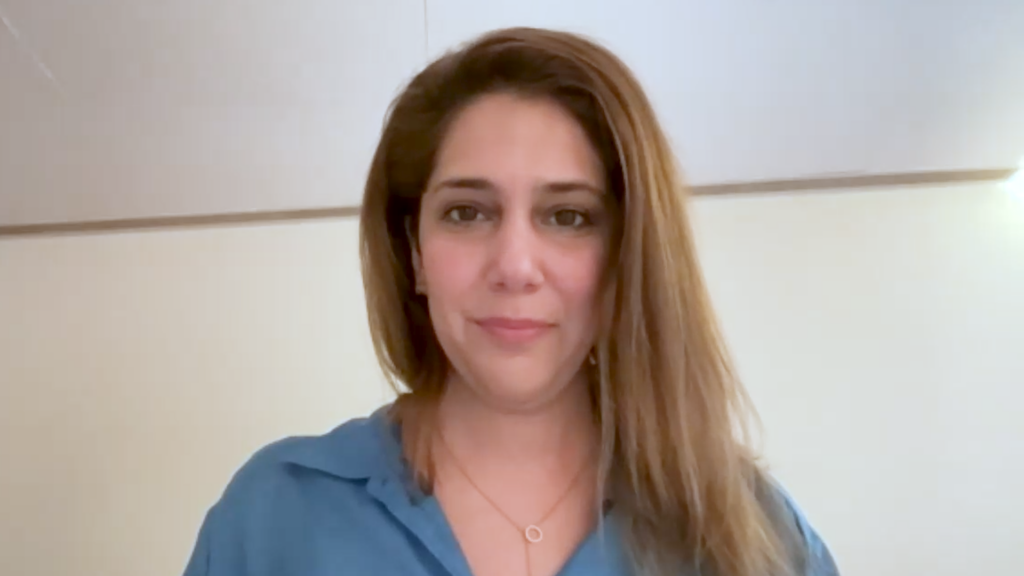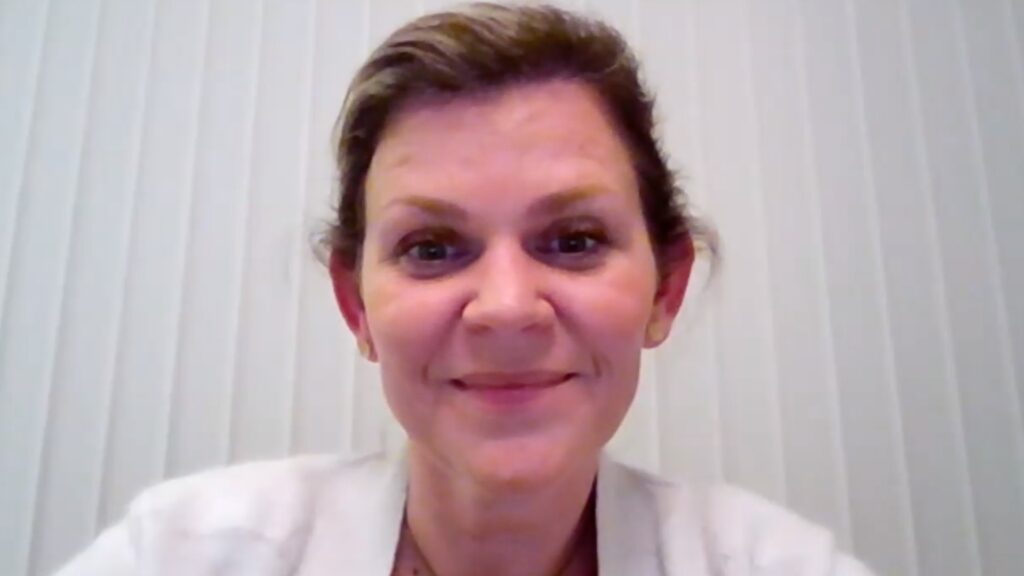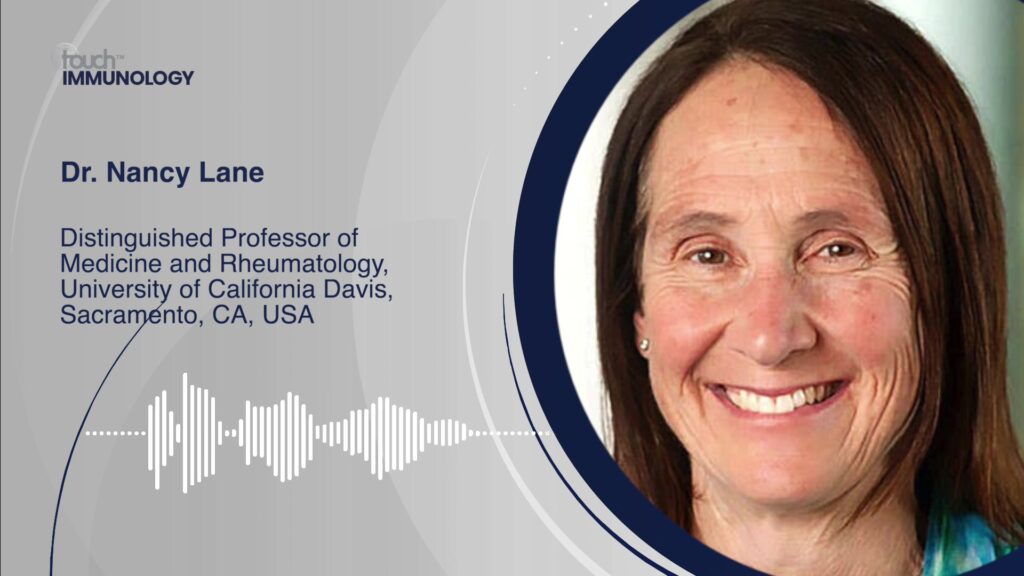 Dr Tom Appleton is a future leader in the field of rheumatology, known for his dual expertise as a clinician and scientist. Based at St. Joseph’s Health Care London and Western University’s Schulich School of Medicine & Dentistry, his research focuses on the inflammatory mechanisms underlying osteoarthritis (OA), particularly the role of synovial macrophages. With a commitment to translational science and patient-centered care, Dr Appleton is helping to shape the future of OA treatment.
Dr Tom Appleton is a future leader in the field of rheumatology, known for his dual expertise as a clinician and scientist. Based at St. Joseph’s Health Care London and Western University’s Schulich School of Medicine & Dentistry, his research focuses on the inflammatory mechanisms underlying osteoarthritis (OA), particularly the role of synovial macrophages. With a commitment to translational science and patient-centered care, Dr Appleton is helping to shape the future of OA treatment.
As part of our series on ‘Future Leaders’ in immunology, we spoke with Dr Tom Appleton about his path to specialising in rheumatology, how he balances his research and clinical responsibilities, and his advice for future rheumatologists. Dr Appleton also discusses his most promising discoveries in OA research and their potential clinical implications.
What motivated or inspired you to specialise in rheumatology?
My fascination with rheumatology began during my medical training, where I was drawn to the complexity and multisystem nature of autoimmune and musculoskeletal disorders. Rheumatology uniquely trains clinicians to act as medical detectives, diagnosing and managing complex multisystem diseases. This investigative and integrative approach, combined with the ability to significantly improve patients’ quality of life through early diagnosis and tailored interventions, profoundly inspired my career path.
What do you consider to be the most promising discovery or breakthrough in your work on OA so far?
The most exciting breakthrough in our osteoarthritis research has been uncovering the critical role of innate immune dysfunction, particularly synovial macrophage dysfunction, in disease progression and pain experiences. Our findings indicate that addressing immune dysfunction early in OA could prevent or delay significant joint damage and associated pain. This discovery opens new avenues for developing innovative therapies targeting immune mechanisms to preserve joint function and improve long-term patient outcomes.
What potential clinical implications could your translational research into early joint damage have for patients with OA?
Perhaps the most significant clinical implication of our research is that addressing immune dysfunction at an early stage of osteoarthritis could slow disease progression, reducing worsening joint pain, loss of function, disability, and other adverse long-term outcomes. By identifying early biomarkers and mechanisms linked to immune dysfunction, we can intervene proactively, potentially transforming OA management from symptomatic relief to true disease modification.
How do you balance your clinical responsibilities with your research, and what advice would you give to others looking to pursue a similar path in rheumatology?
The most important strategy in balancing my research and clinical responsibilities is recognizing their inherent synergy. Clinical interactions teach me a tremendous amount about patients’ experiences and priorities, guiding our research toward highly relevant, impactful questions about disease pathogenesis. Concurrently, insights gained from research directly inform and enhance clinical care, a synergy that transcends multiple diseases. My advice to aspiring clinician-scientists is to embrace this dual role, maintaining clear boundaries and leveraging the strengths each domain brings to the other.
What emerging technologies or treatments do you believe will revolutionize your specialty in the next 10 years?
In rheumatology, I believe the most exciting emerging technologies are those designed to reset autoimmunity by erasing immune memory. Tremendous advances have been achieved through innovative therapies such as CAR-T cell treatments and bi-specific biological molecules, including bi-specific T-cell engagers. These emerging technologies have significantly deepened our understanding of autoimmunity and hold the potential to revolutionize how we manage rheumatologic disorders, offering new ways of managing difficult diseases and, in the future, potential to reconsider our entire approach to management of autoimmune disease.
More content in the field of osteoarthritis.
Editor: Victoria Jones, Senior Content Editor.
Support: This short article was prepared by touchIMMUNOLOGY in collaboration with Dr Appleton. touchIMMUNOLOGY utilize AI as an editorial tool (ChatGPT (GPT-4o) [Large language model]. https://chat.openai.com/chat.) The content was developed and edited by human editors. No fees or funding were associated with its publication.
Cite: Advancing Osteoarthritis Research Through Immunology and Clinical Insight: An Interview with Dr Tom Appleton. touchIMMUNOLOGY. May 2025.

touchIMMUNOLOGY is celebrating the brightest rising stars in the immunology community, who are set to shape the future of the field.
SIGN UP to TouchIMMUNOLOGY!
Join our global community today for access to thousands of peer-reviewed articles, expert insights, and learn-on-the-go education across 150+ specialties, plus concise email updates and newsletters so you never miss out.



